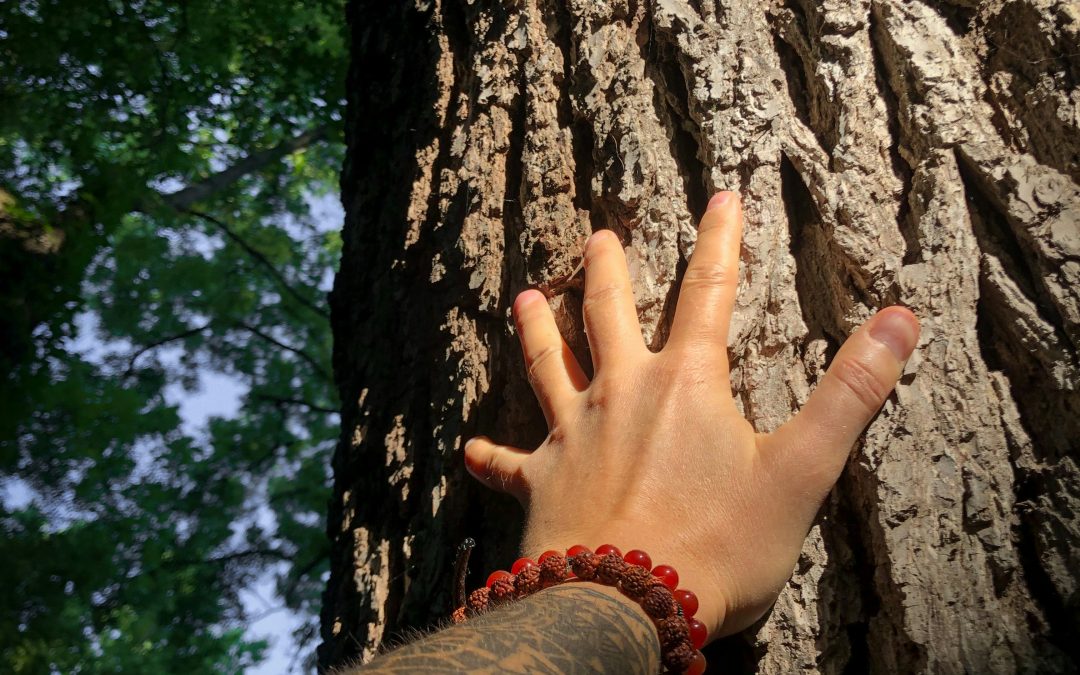Grounding Techniques for Anxiety and Panic
Weekly, I see clients who report experiencing heightened anxiety and panic associated with navigating life’s daily stressors and challenges. These moments of overwhelm can show up suddenly—in the middle of a workday, during a difficult conversation, or even when things seem calm on the outside. The body responds as if it’s under threat, and it can feel like everything is spinning out of control.
I remember the first time I had a panic attack. My chest tightened, my vision blurred, and I felt like I was losing control. It was terrifying—and disorienting. I didn’t know what was happening or how to help myself. Later, in therapy, I learned about grounding techniques. These simple tools changed everything. They didn’t make the anxiety vanish, but they gave me something solid to hold onto—a way to come back to myself when everything felt like too much.
When anxiety or panic takes hold, it can feel like being swept away by a powerful wave—your heart races, your thoughts spiral, and your body feels disconnected from the present moment. Grounding techniques are practical tools therapists often teach to help regulate the nervous system and restore a sense of safety and control.
What Is Grounding?
Grounding is the process of bringing your awareness back to the here and now. It helps interrupt overwhelming thoughts or sensations by reconnecting you with your body and environment. These techniques are especially helpful during anxiety, panic attacks, flashbacks, or emotional overwhelm.
Why Grounding Works
Anxiety pulls us into the future, often with “what if” thoughts and worst-case scenarios. Grounding techniques gently guide the nervous system out of fight-or-flight and into the present moment, where the body can begin to feel safe again. This supports self-regulation, increases emotional tolerance, and can prevent escalation into panic.
Five Grounding Techniques to Try
- 5-4-3-2-1 Method
Identify:- 5 things you can see
- 4 things you can touch
- 3 things you can hear
- 2 things you can smell
- 1 thing you can taste
This sensory-based exercise anchors you in the external world.
- Box Breathing
Inhale for 4 counts, hold for 4, exhale for 4, and hold for 4 again. This rhythmic breathing technique slows the heart rate and calms the nervous system. - Cold Water or Ice Cube
Holding an ice cube or splashing cold water on your face activates the dive reflex, which naturally slows the heart rate and interrupts panic. - Feet on the Floor
Sit comfortably and press your feet into the ground. Notice the pressure and connection. Say to yourself, “I am here. I am safe.” - Name and Claim
Say out loud what’s happening: “I’m feeling anxious, and I’m going to take a moment to ground myself.” Naming the experience creates distance from it and activates the thinking brain.
Therapeutic Integration
In therapy, grounding techniques are often introduced as part of a broader self-regulation toolkit. They help clients feel more in control during triggering moments and can be practiced in session to develop mastery. Over time, grounding becomes a bridge—bringing people back into their bodies, their breath, and the safety of the present moment.
Final Thoughts
You are not powerless in the face of anxiety. Grounding techniques offer immediate, accessible ways to soothe your system and find your footing, even when the storm of panic feels strong. Like any skill, they become more effective with practice—each time you ground, you’re telling your nervous system, “You are safe. You can return home.”

